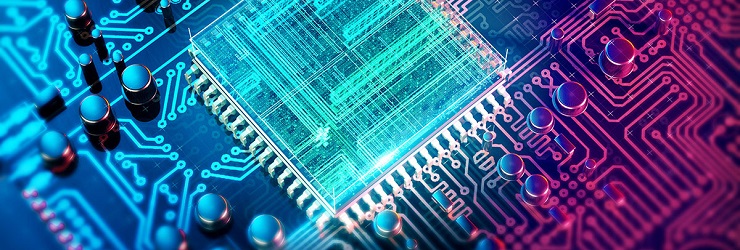- Alumina
- Boron Nitride
- Zirconia
- Other Ceramics
- Applications
- Contact

Products made of technical ceramics are now proven components in the construction and control of sophisticated plants, machinery and equipment with electrotechnical component assemblies. A special feature of this class of materials is the wide range of electrical conductivity. Besides the electrical properties, magnetic properties are often required. Compared with metallic materials, they often enable smaller product sizes and therefore more economically attractive products.
Typical ceramic components in power electronics are casings for vacuum switching tubes, diodes and thyristors as well as highly resilient electric feedthroughs and surge arresters. These components that have proven effective over decades are used widely because of their high reliability and lifetime in stationary and mobile applications, in recent years.
The switching of currents with several 1.000 A is not a problem for vacuum switching tubes, not even at high switching frequencies. Another advantage is that additional cooling is not necessary and accordingly small component sizes can be realized. As the switching elements are in high-vacuum-tight housing, no oxidation processes take place that can reduce the switch power.
Ceramic sensors can often be found in machinery and equipment that must meet demanding requirements. In such applications, they monitor mainly non-electric variables such as, for example, temperature, pressure, flow rate, distance, acceleration, moisture content, gas concentration and transform these into electrical signals, which are then further processed in downstream electronic component assemblies.
The requirements for wafer fabrication technology are extremely high in respect of the achievable geometric properties and zero contamination. In semi-conductor technology, equipment components made of oxide and non-oxide materials are generally used in positions that are of key importance for achieving the required geometric properties of wafers. For instance, for 12“ wafers, targets include a thickness of 0.7 mm, a deviation from surface evenness in the order of 10-6 mm and a deflection of maximum 25 um. For secure fixing of such wafers on a substrate, frequently large-size plates made of ceramic materials are used.
China Special Ceramic Parts, Inc.(CSCPI) is a leading supplier of ceramic materials. ACM's China Special Ceramic Parts, Inc. play an integral role in the electrical and electronic industry. We develop China Special Ceramic Parts, Inc. that can withstand harsh conditions while maintaining reliability and accuracy. In the semiconductor industry, components made of high-quality ceramic materials provided by ACM are used to reliably meet requirements that materials on metal or plastic basis are hardly able to fulfill.
For many years, we have cooperated with the world’s largest electrical and electronic manufacturers in the development of advanced equipment. ACM provides specialized mission-critical components for a wide variety of electrical and electronic applications by supplying China Special Ceramic Parts, Inc..